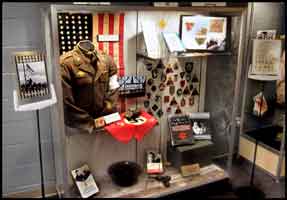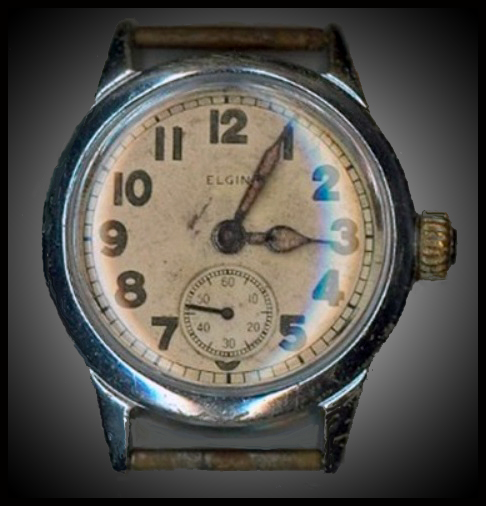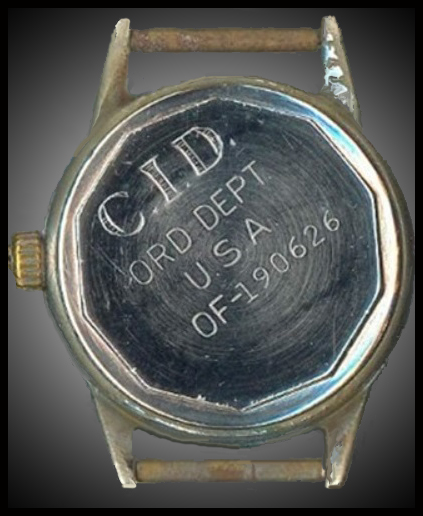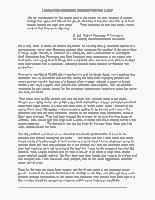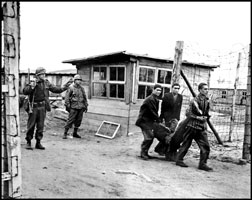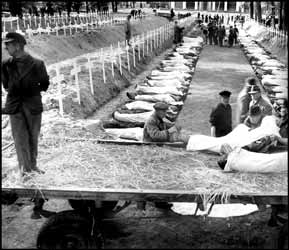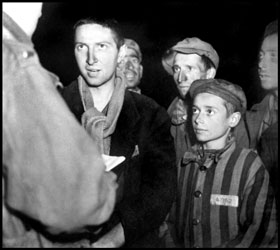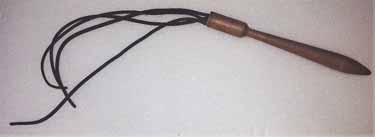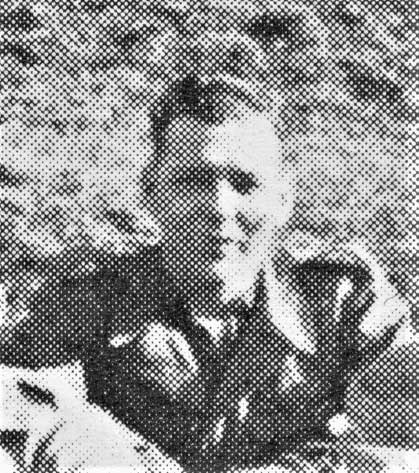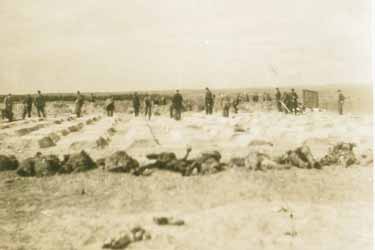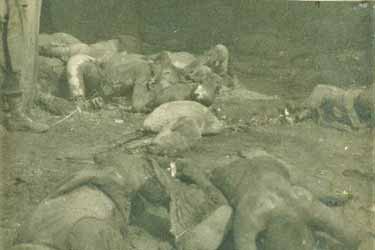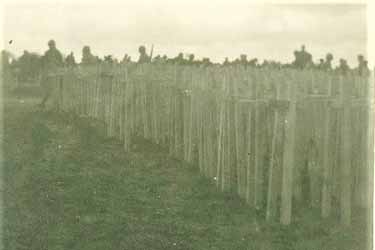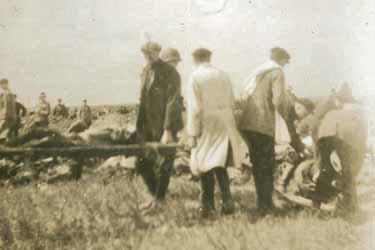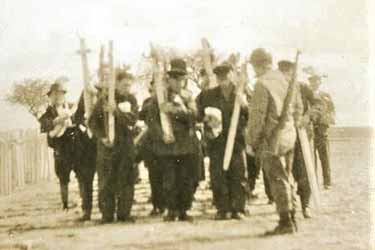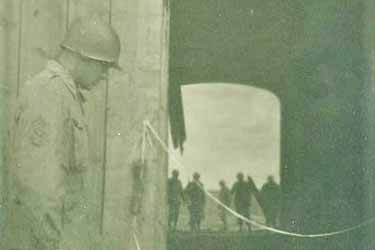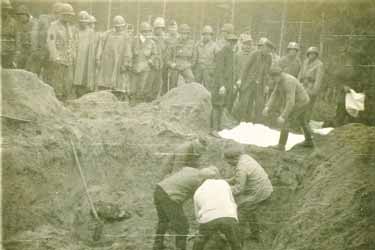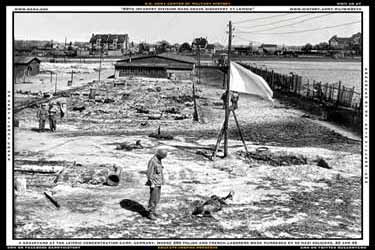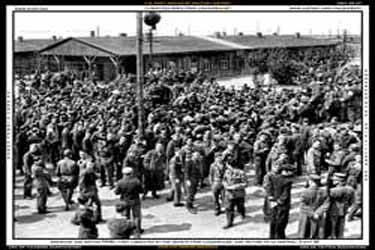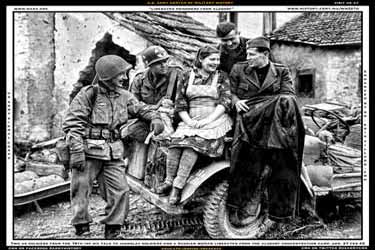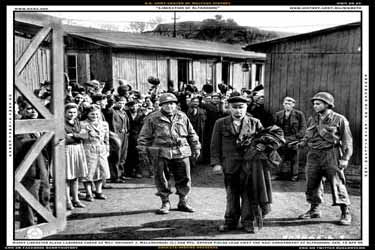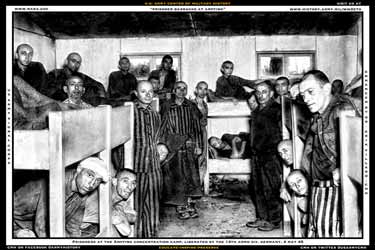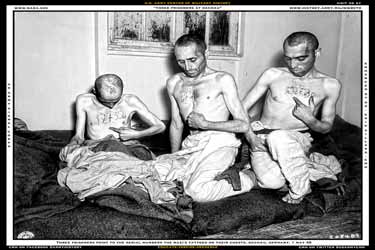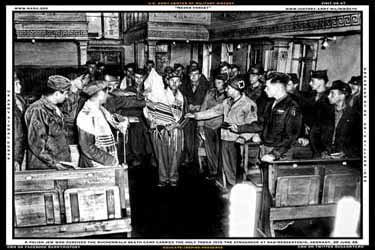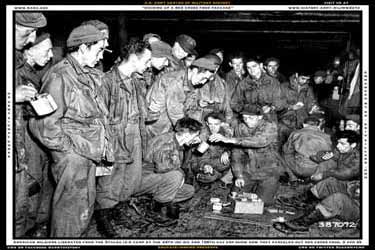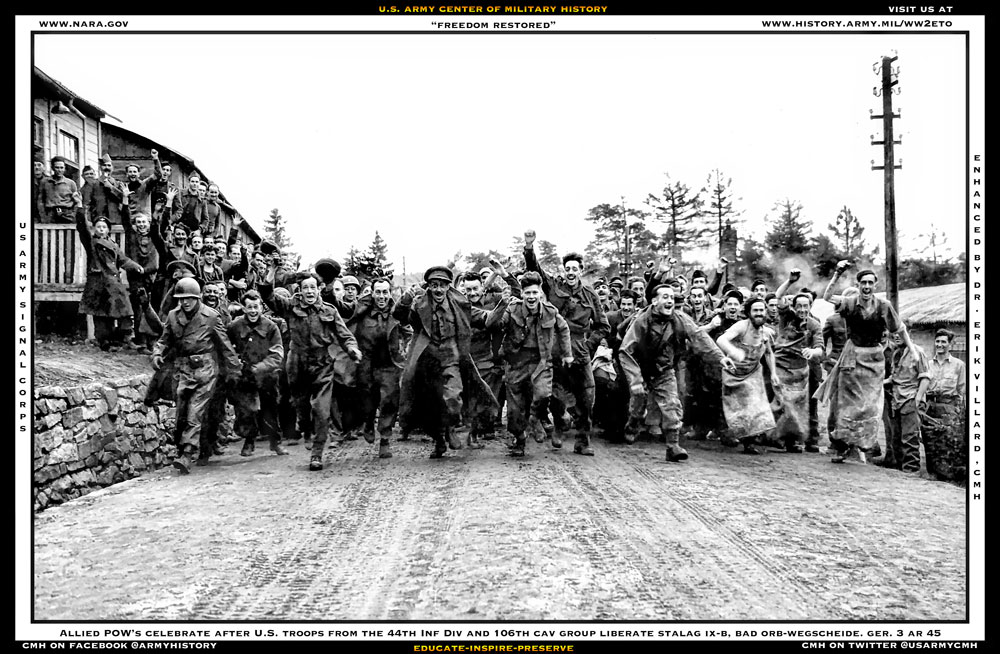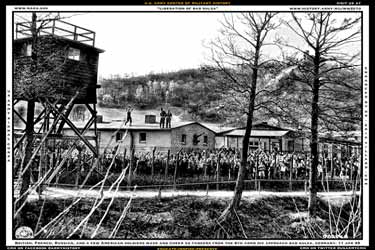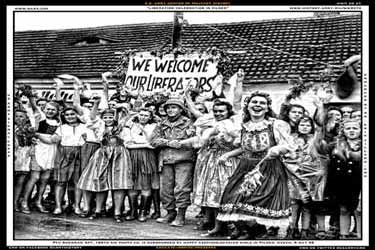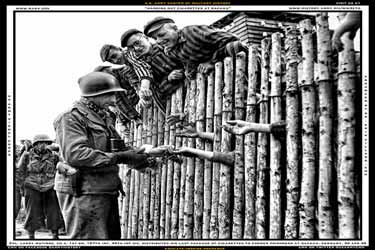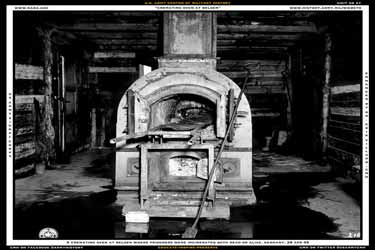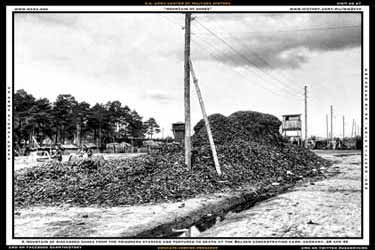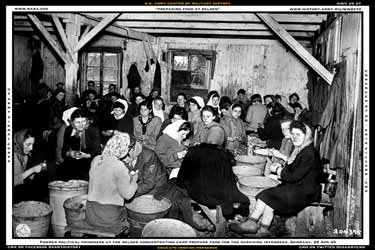Introduction
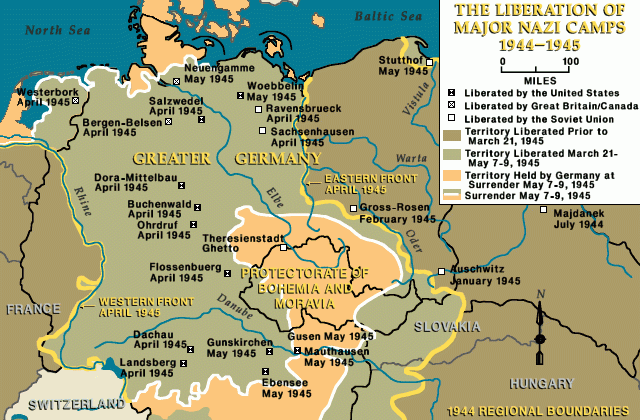
As Allied military forces drove deep into occupied Europe and Germany in the spring of 1945, U.S. Army soldiers were shocked by the evidence of Nazi depravity they witnessed first-hand. During World War II more than six million Jews and millions of other people were executed, with millions more tortured, imprisoned or forced into slave labor by the Nazi regime and its collaborators. In addition to crimes against humanity committed throughout Europe, those done in the concentration camps were particularly heinous. In what General of the Army Dwight D. Eisenhower termed "horror camps," names like Buchenwald and Dachau became synonymous with the mass slaughter and unspeakable cruelty that characterized the Holocaust. The scenes they witnessed on liberating many of the camps gave tangible evidence to U.S. Army soldiers that their sacrifices had been for a just cause-a great crusade against evil. All Army soldiers who fought in World War II, whether in combat or support units, or medical personnel of field hospitals who kept victims alive after liberation, deserve credit for ending the horror of the Holocaust. The liberation of the camps demonstrated the character and compassion of the American soldier in the performance of his or her duty. The liberation of people held in the Nazi concentration camp system is an achievement of which the U.S. Army will always be proud. Defeating Nazi Germany and freeing Europe from fascist tyranny in all its forms was consistent with the U.S. Army's mission and its soldiers' role as liberators. We honor the 11 million American Soldiers who defended freedom and defeated fascism and tyranny 75 years ago. We commemorate the events of WWII and the Holocaust to educate the public about the Army's proud history as a way to inspire men and women to serve today and in the future.
- “Liberation: An Overview"- liberation-an-overview | U.S. Holocaust Memorial Museum article
- Recognition of US Liberating Army Units | U.S. Holocaust Memorial Museum article
- Recognition of US Liberating Army Units | DVIDS Holocaust Remembrance video

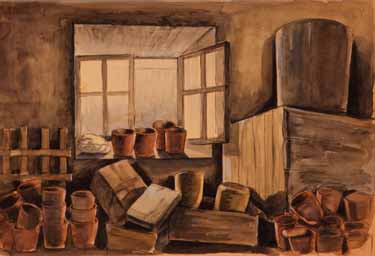
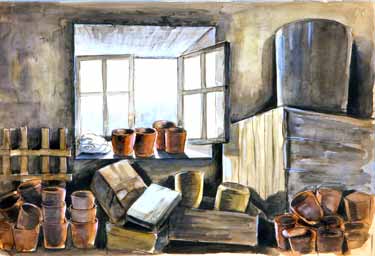
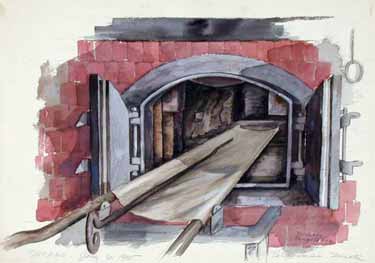
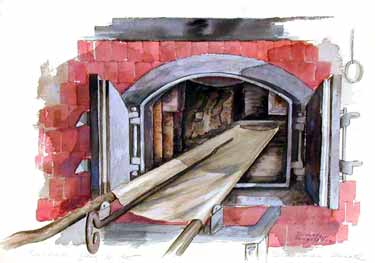
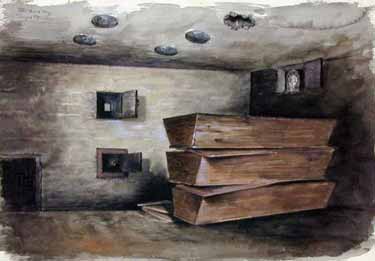
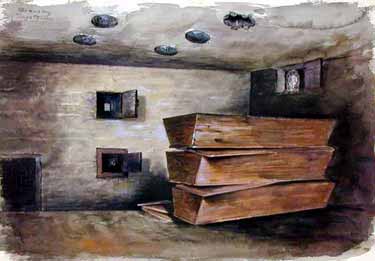
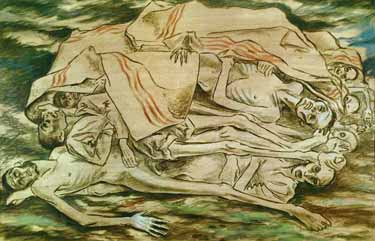
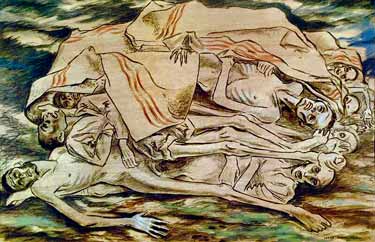
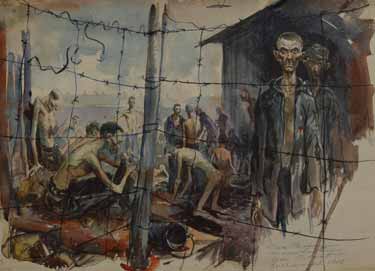
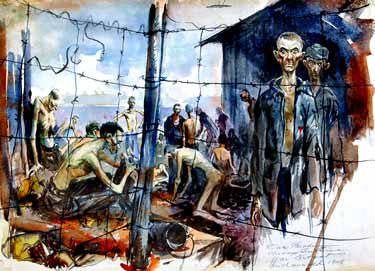
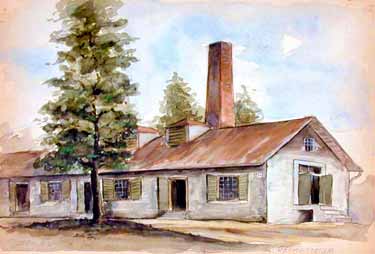
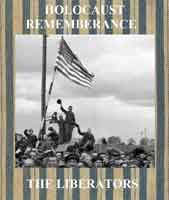
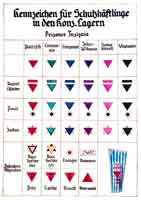
v2.jpg)
